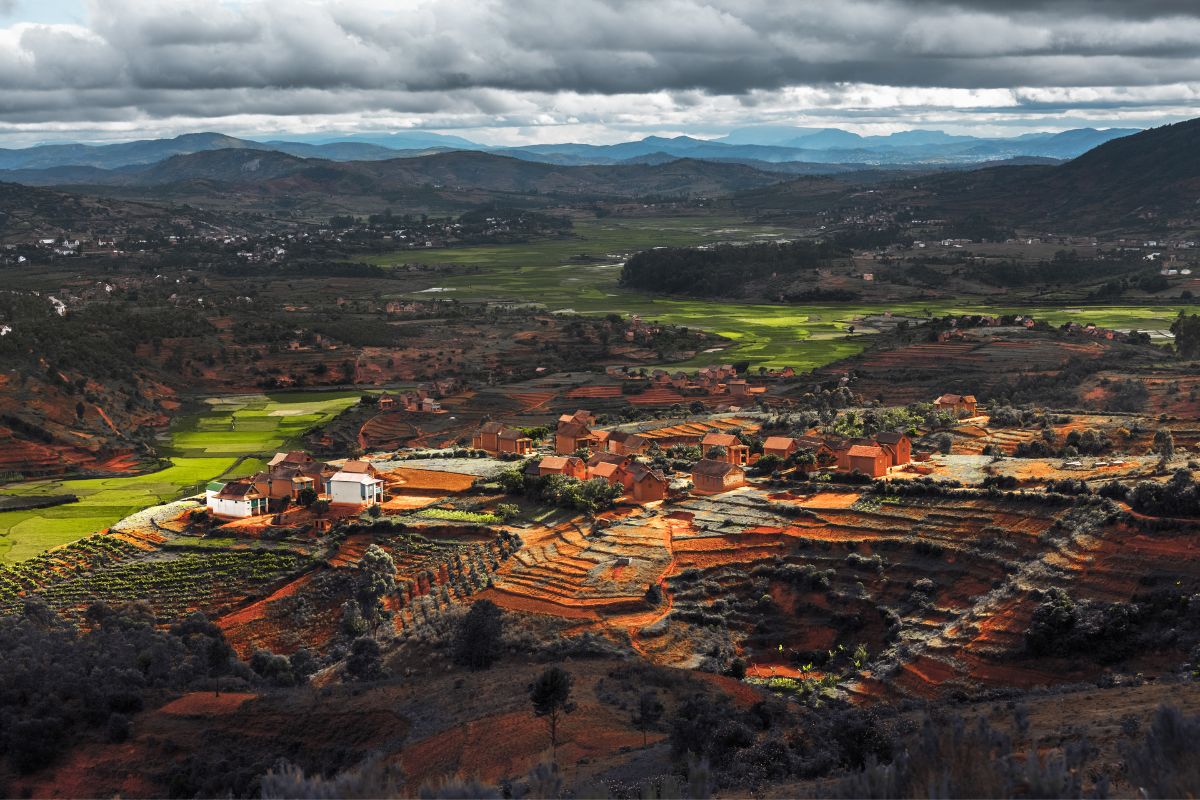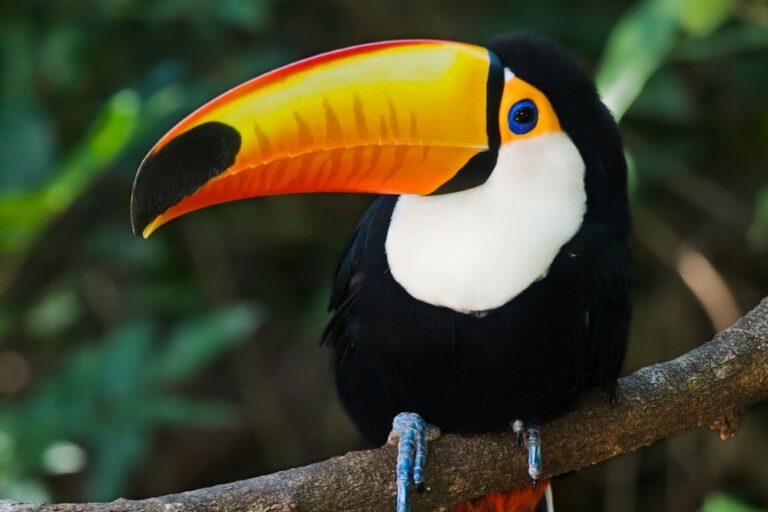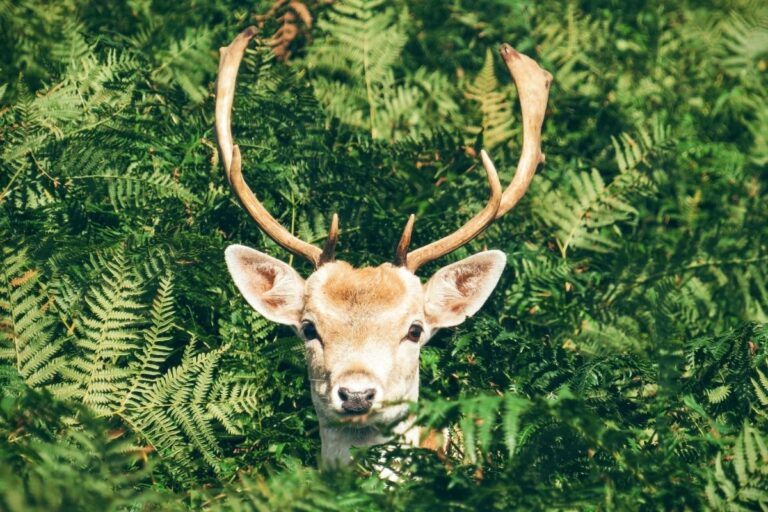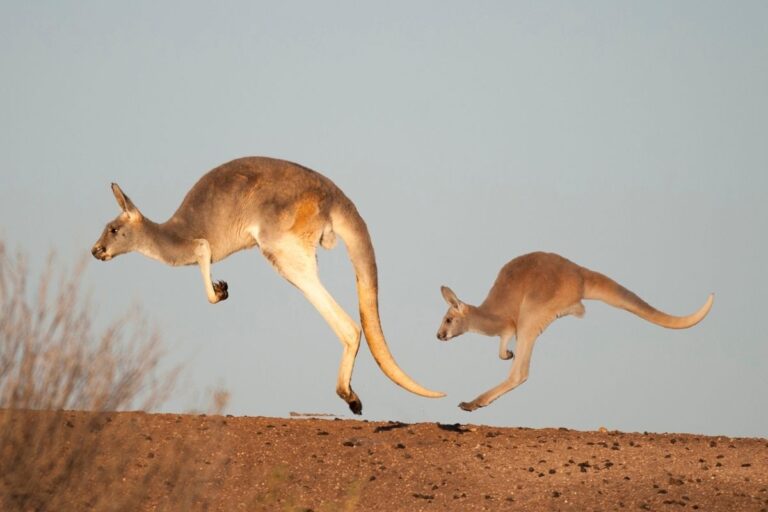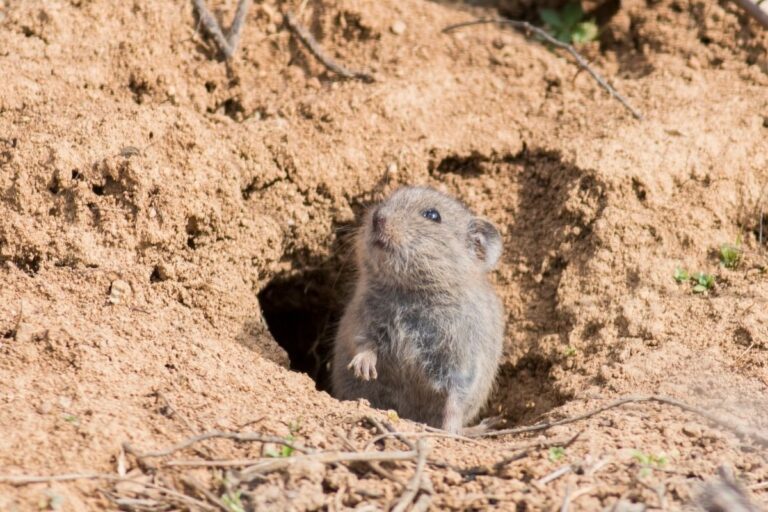Animals That Live In Madagascar
Last Updated on July 6, 2022 by
Madagascar is an island country in the Mozambique channel and is located approximately 400 kilometers off the East African coast.
The wildlife on Madagascar is diverse and interesting, with over 25,000 species residing on the island including endangered species.
There are also some species that live on Madagascar that are not found anywhere else in the world.
If you want to find out more about the fascinating animals that live on Madagascar then you have come to the right place.
We have put together this informative and fun guide to give you some interesting information so keep reading to find out more.
Lemurs
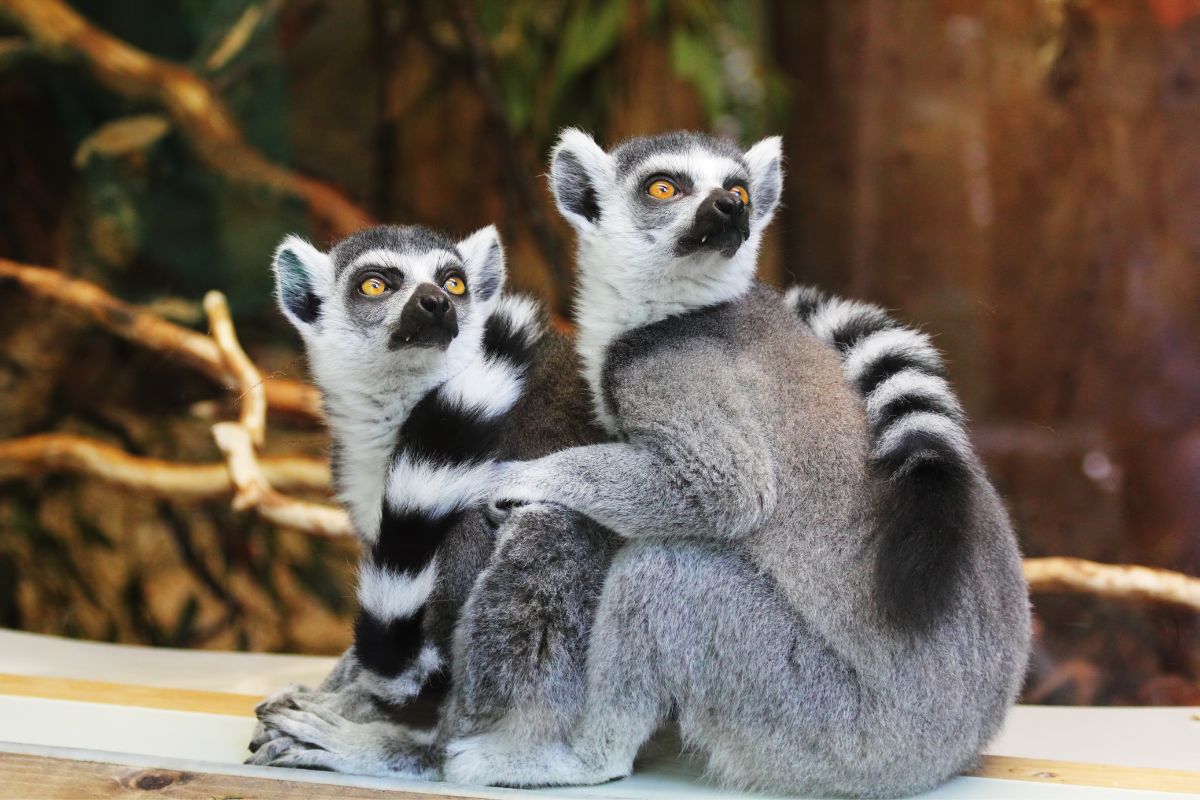
There are over 110 species of lemur living on Madagascar. Lemurs are primates, and they have wet noses similar to dogs.
They are known for their long tails, large eyes and long snouts. Lemurs make different noises depending on the species, ranging from delicate singing to loud screeching.
Lemurs are mostly herbivores, eating fruit, leaves and tree bark. Some species of lemur also eat insects which makes them omnivores.
They vary in size from the tiny pygmy mouse lemur to the Indri which is the largest lemur species. The Indri lemur is endemic to Madagascar, which means that it exists nowhere else in the world.
Indri are an endangered species and there are less than 1000 of them left in the wild.
They can jump up to 10 meters high and communicate to each other in high pitch sounds which can be heard from miles away.
Fossa
The Fossa is a carnivorous animal that is endemic to Madagascar.
They are the top predators on Madagascar and eat anything that is smaller than them – this includes lemurs, birds, fish, lizards and any small mammals.
They stalk through the forests like a tiger, but they are actually more closely related to mongoose.
They have excellent balance which allows them to move quickly through the trees and along branches, snatching up lemurs.
Fossa grow up to 6 feet long and can weigh around 12 kilograms. They have a very long tail which helps with their balance, a muscular body, and retractable claws.
Panther Chameleon
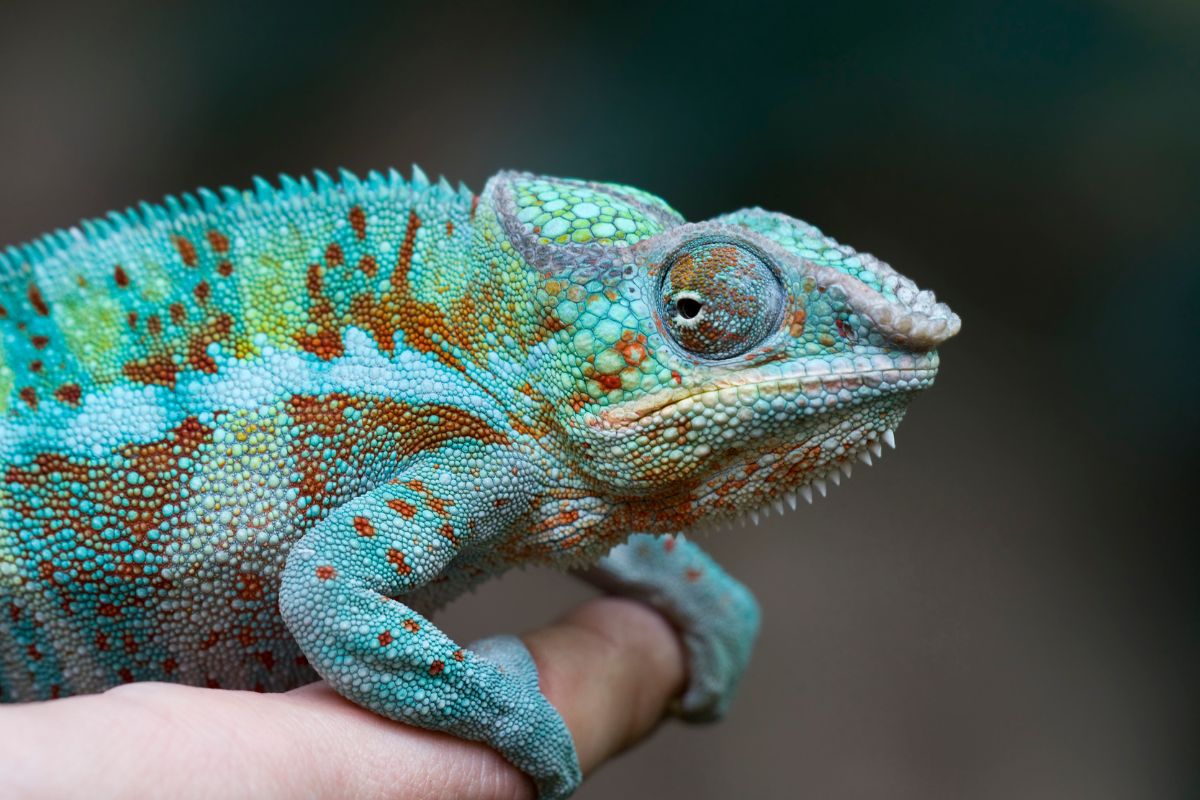
The Panther Chameleon is another species that is endemic to Madagascar, though it has now been introduced to other countries via human interference rather than natural migration.
It is one of the largest chameleons in the world and is roughly the size of a domestic cat. It is incredibly colorful, with oranges, reds, greens, blues, and stripy and spotty patterns.
The males are more colorful than the females, and the exact colors will vary depending on their surroundings.
These lizards catch their insect prey using their extending tongue which is covered in a very sticky mucus. The shape of the tongue creates a vacuum which pulls the insect in.
Due to the size and color of this reptile, they are very popular with breeders and traders.
Tomato Frog
The Tomato Frog is endemic to Madagascar and is named after the orange/red coloring of the females. The males are usually brown in color.
They are found in the forests of the Northwest of the island and like to the swamps and shallow pool areas.
A lot of their habitat has been destroyed due to deforestation, but this species has adapted as best it can and has been known to inhabit gardens.
The bright coloring of the female tomato frogs is designed to put off predators such as snakes, but this type of frog is not actually very toxic.
The skin produces a thick mucus when the frog feels threatened which is another form of protection against predators. Tomato frogs eat insects and small invertebrates.
They are ‘sit and wait’ predators rather than hunters, which means they stay very still and wait for their prey to come near them, then ambush.
Aye-Aye
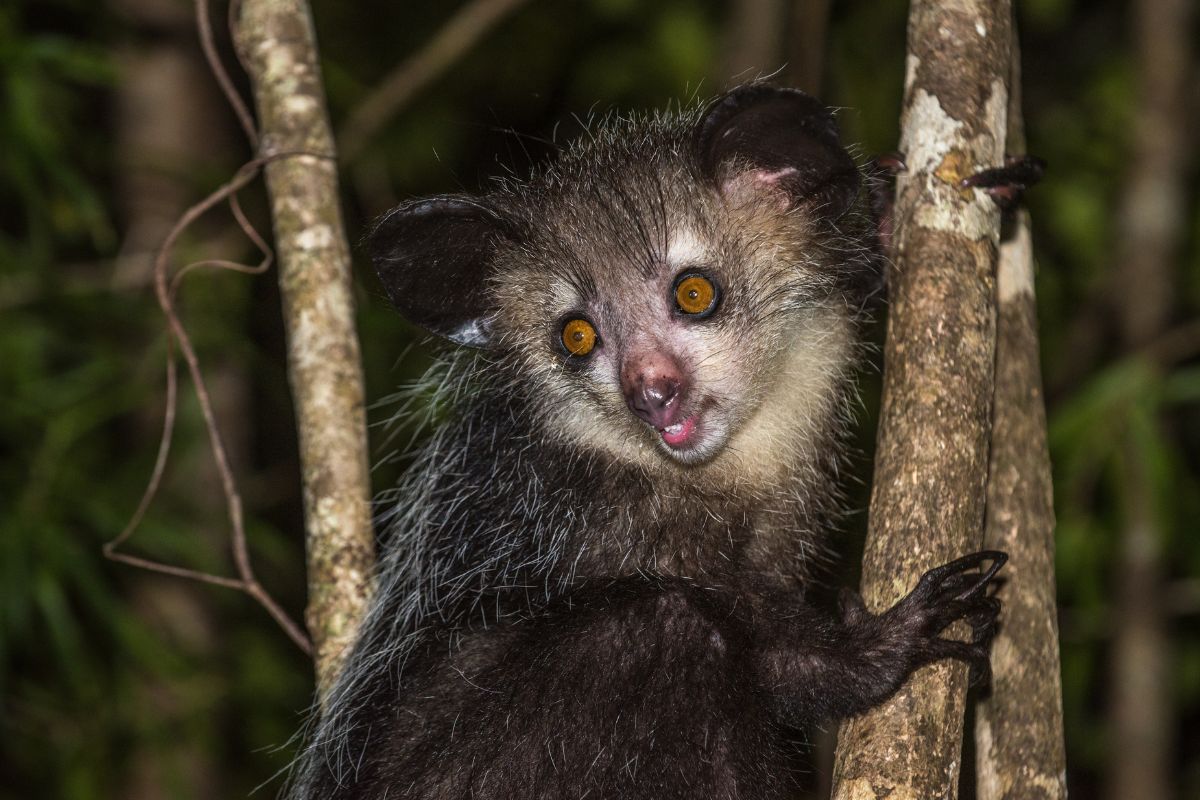
The Aye-Aye is the largest species of nocturnal primate in the world, but it can only be found in Madagascar. A lot of people think that they are black, but they are actually very dark brown in color.
They have large toes which grip the tree branches and a long tail to help them balance. This allows them to hang in the trees and avoid predators.
Aye-Ayes live predominantly off insects, and they find them using echolocation, their large eyes and big ears.
They also have an elongated finger which helps them to scoop larvae out of small spaces in the trees. During the day, aye-ayes sleep in a round nest high up in the trees.
The strange appearance of aye-ayes has led locals to be suspicious of them and they are considered a bad omen, but aye-ayes are actually very gentle and timid creatures.
Satanic Leaf-Tailed Gecko
This reptile has a fascinating appearance which allows it to camouflage as a dead leaf. This allows it to hide from predators like birds or snakes. It can remain unseen on a branch for hours at a time.
Their tail looks like a leaf, with an imperfect shape to mimic insect nibbles.
If the gecko finds itself face to face with a predator then they lift their tail and open their mouths to reveal a bright red color. This confuses the predator and gives them a chance to escape.
Madagascar Fody
The Madagascar Fody is a beautiful bird that was originally native to Madagascar, but can now be found in other areas like the Seychelles and Mauritius.
They are quite small, growing up to 5 inches long and weighing only 14 to 19 grams. The feathers of the male are brightly colored, ranging from yellow to orange to light red.
They have dark markings around the eyes and some dark feathers in their tail. This striking bird is thriving on the island and is not endangered.
Summary
The wildlife on Madagascar is fascinating. There are so many unique species of animals that live on the island, with interesting appearances and habits.
Some of these species are endangered and conservation efforts are being made to prevent them from becoming extinct.

